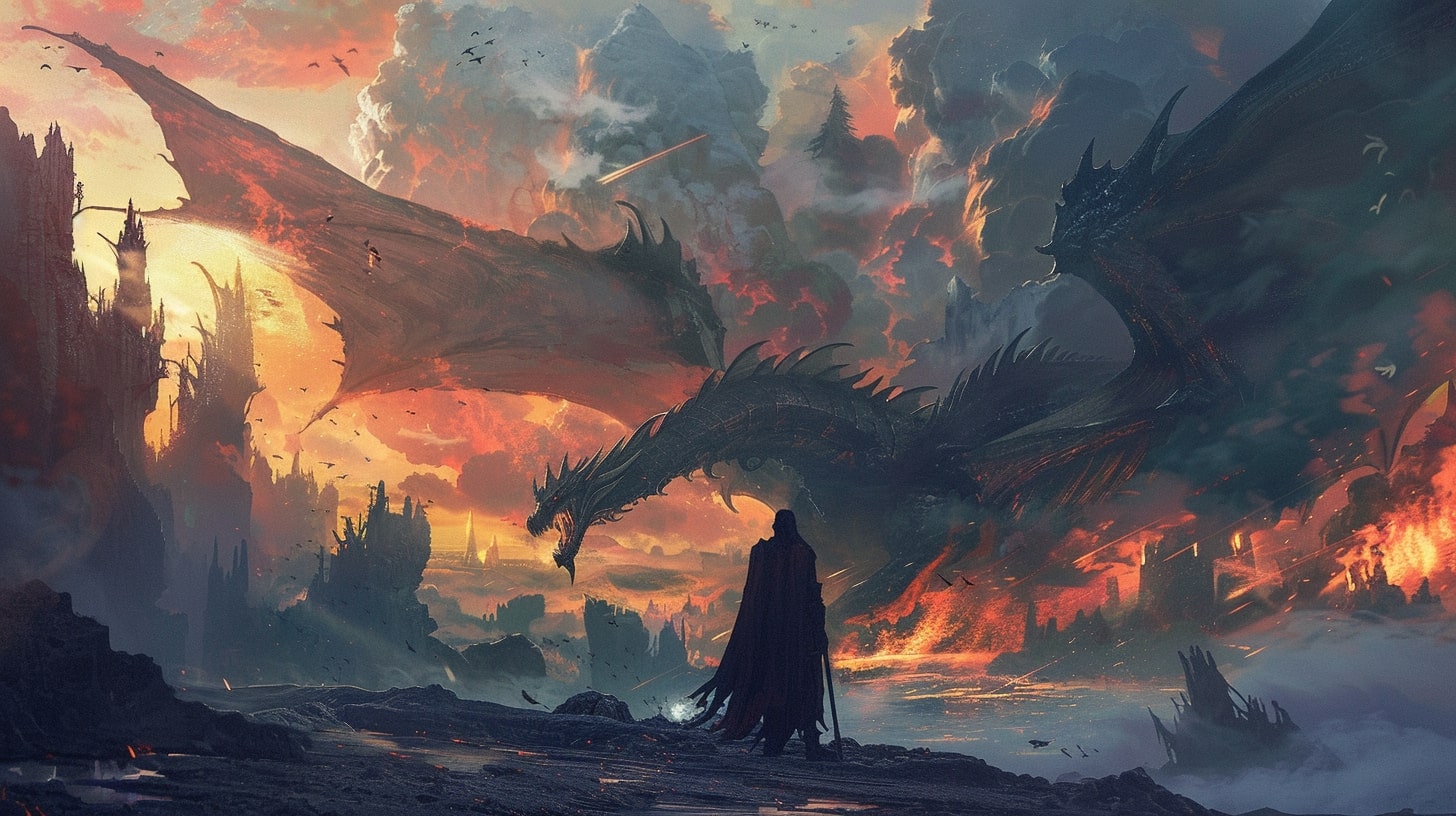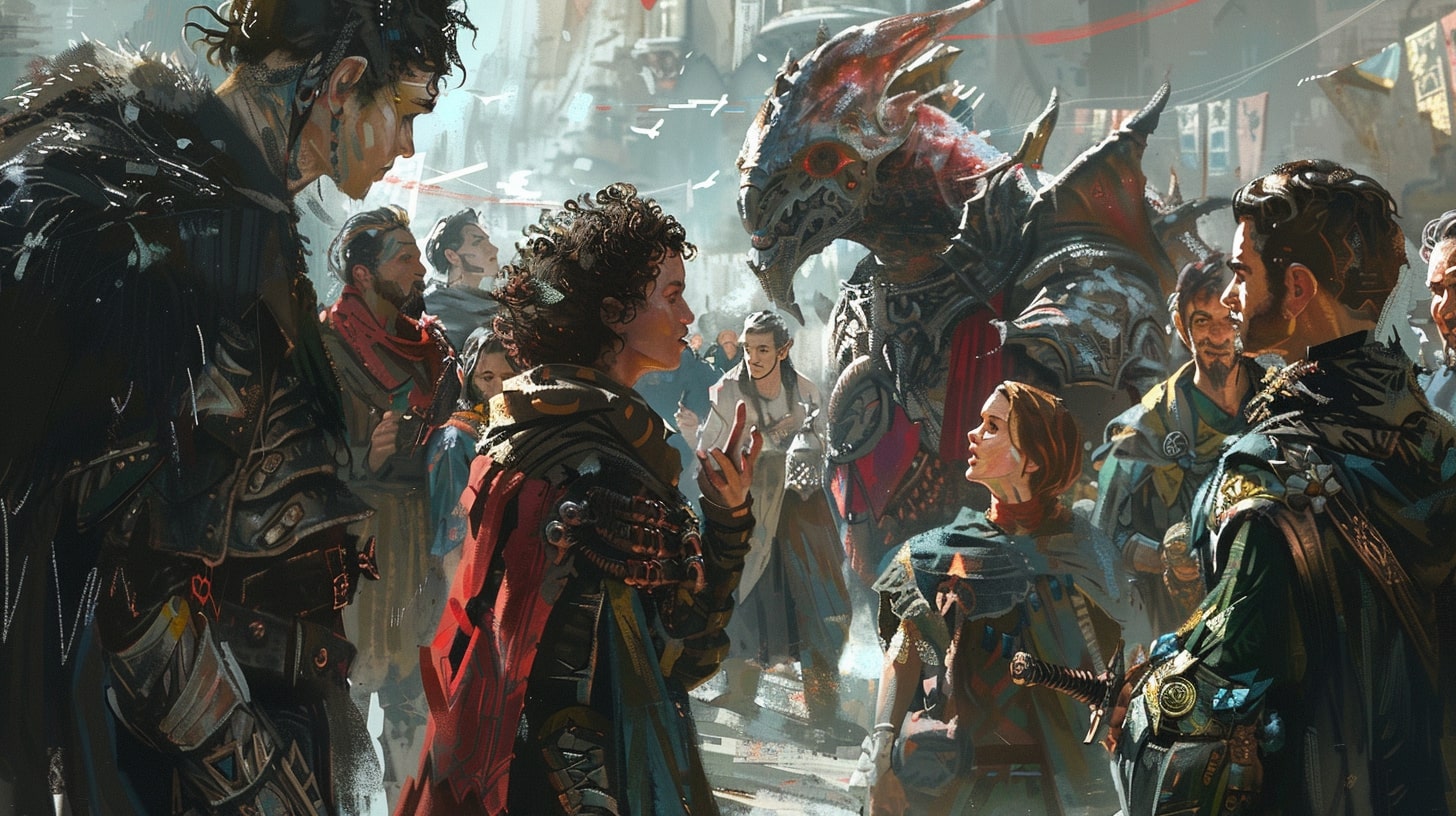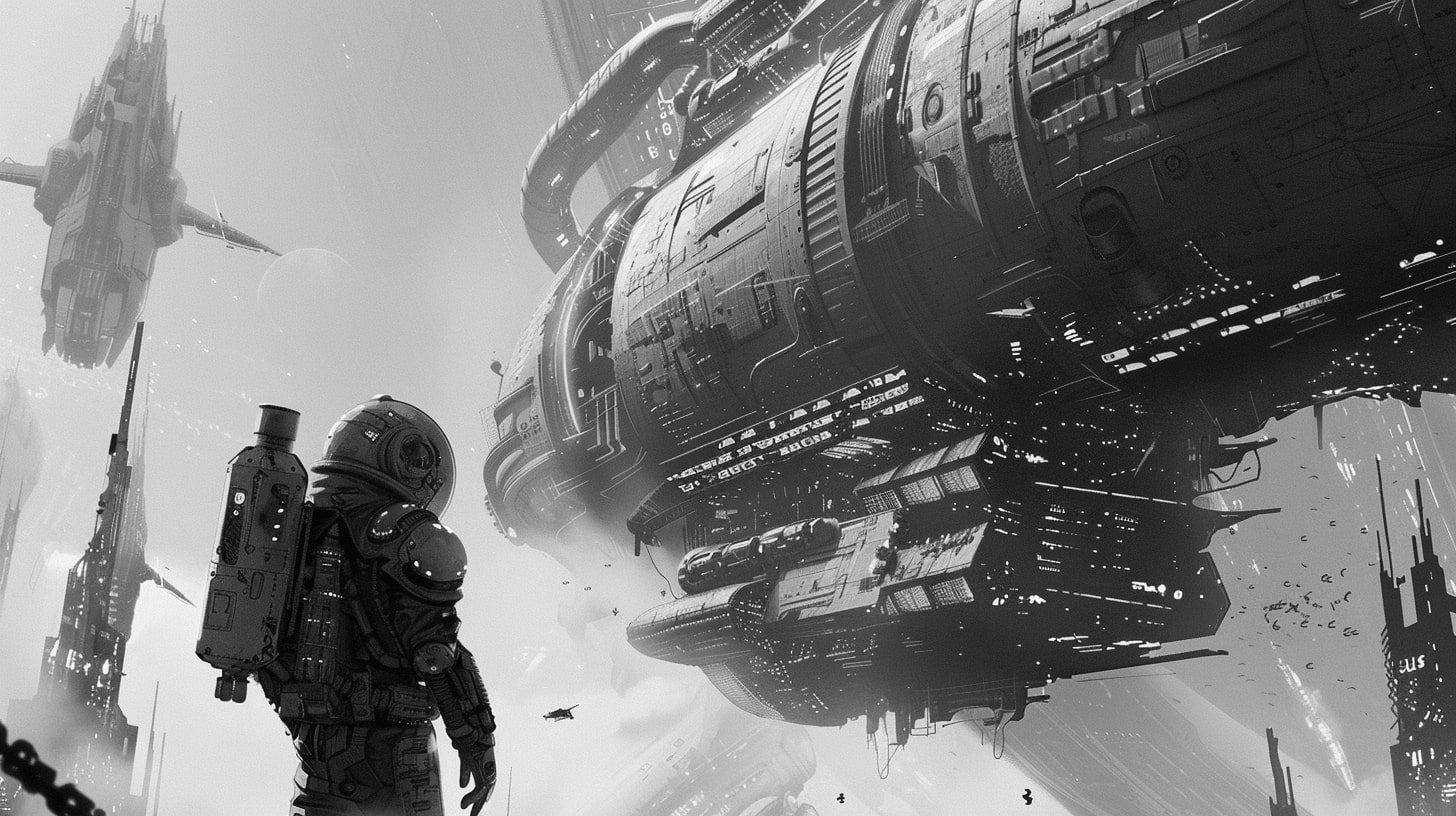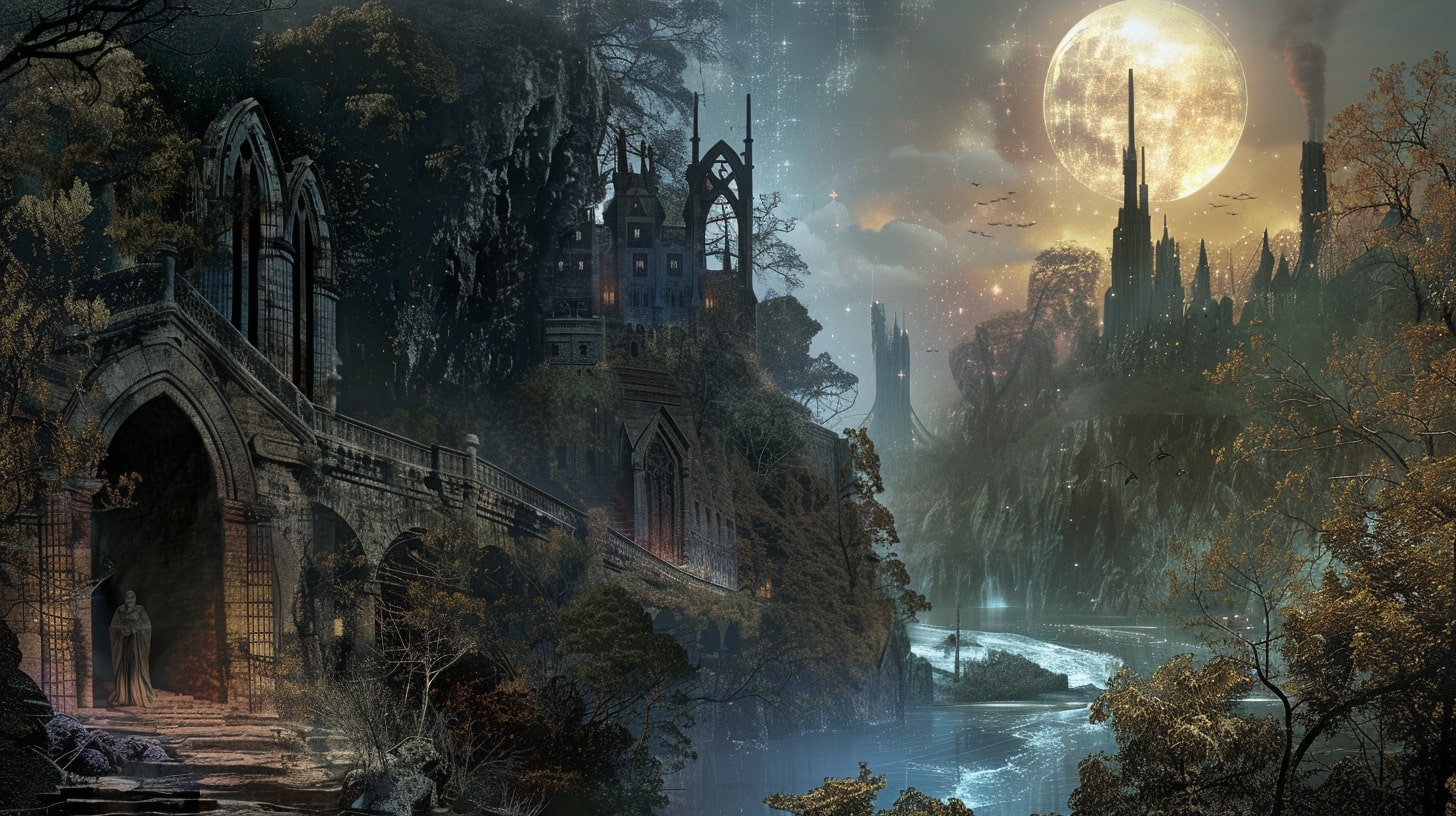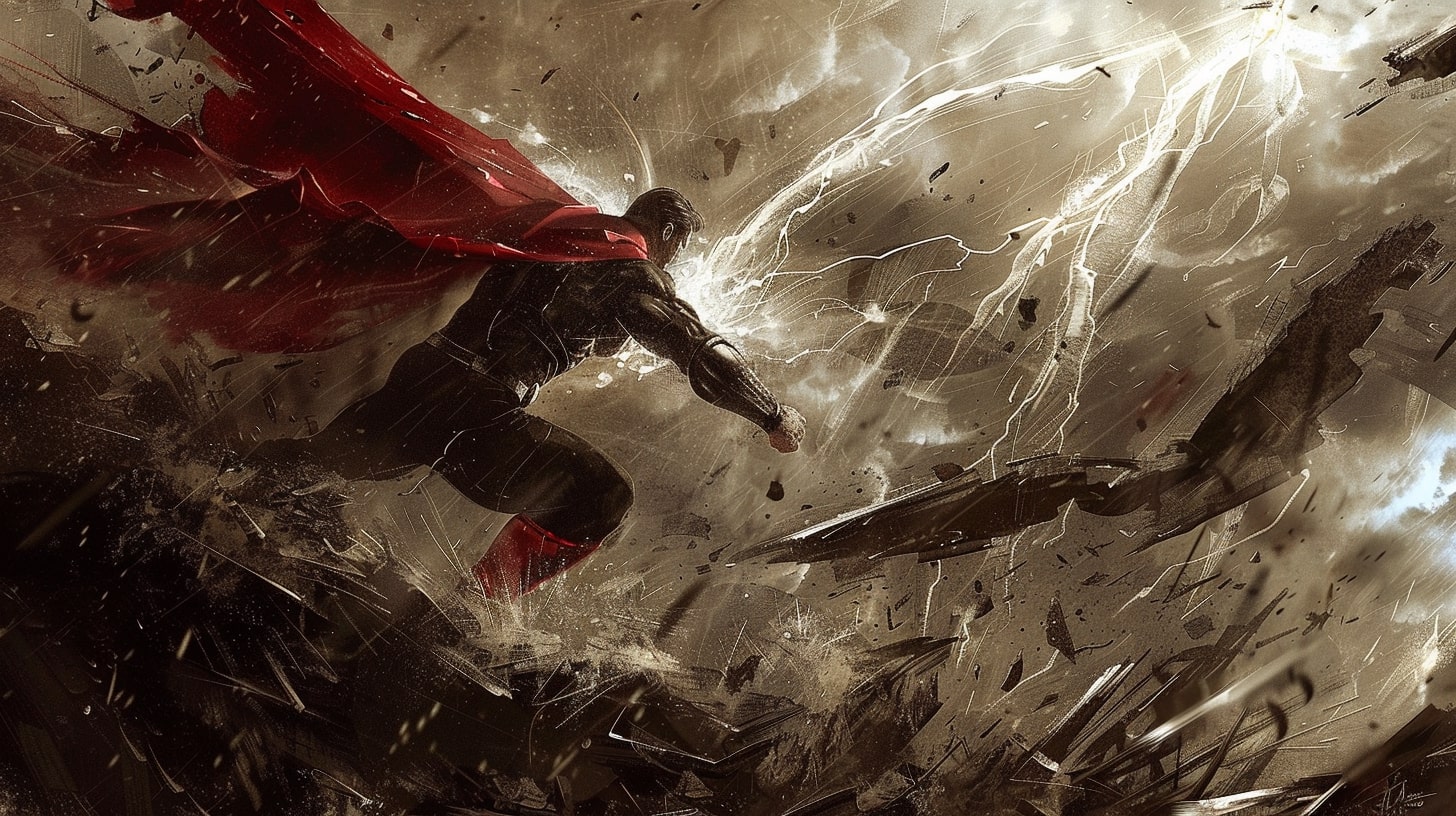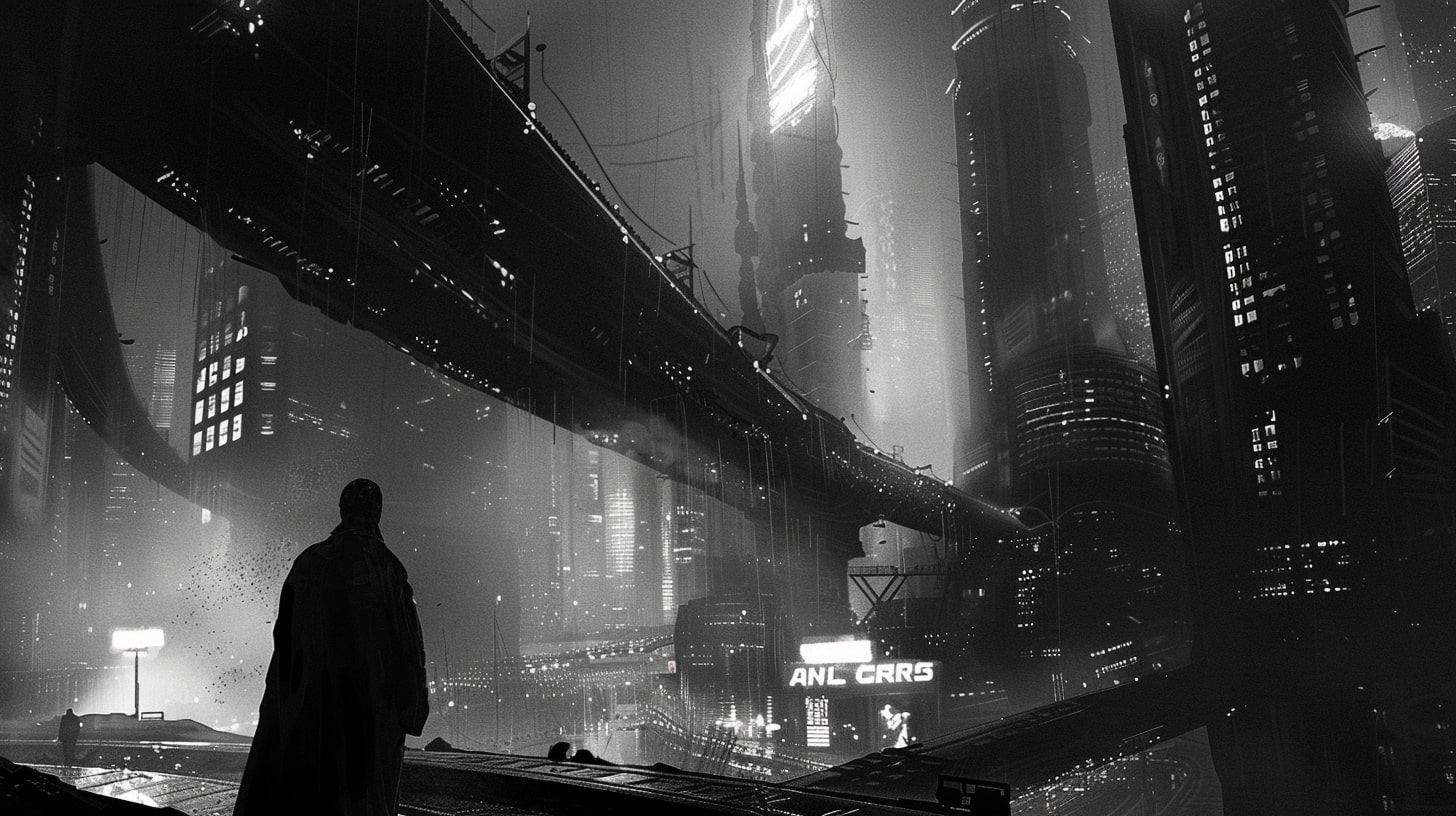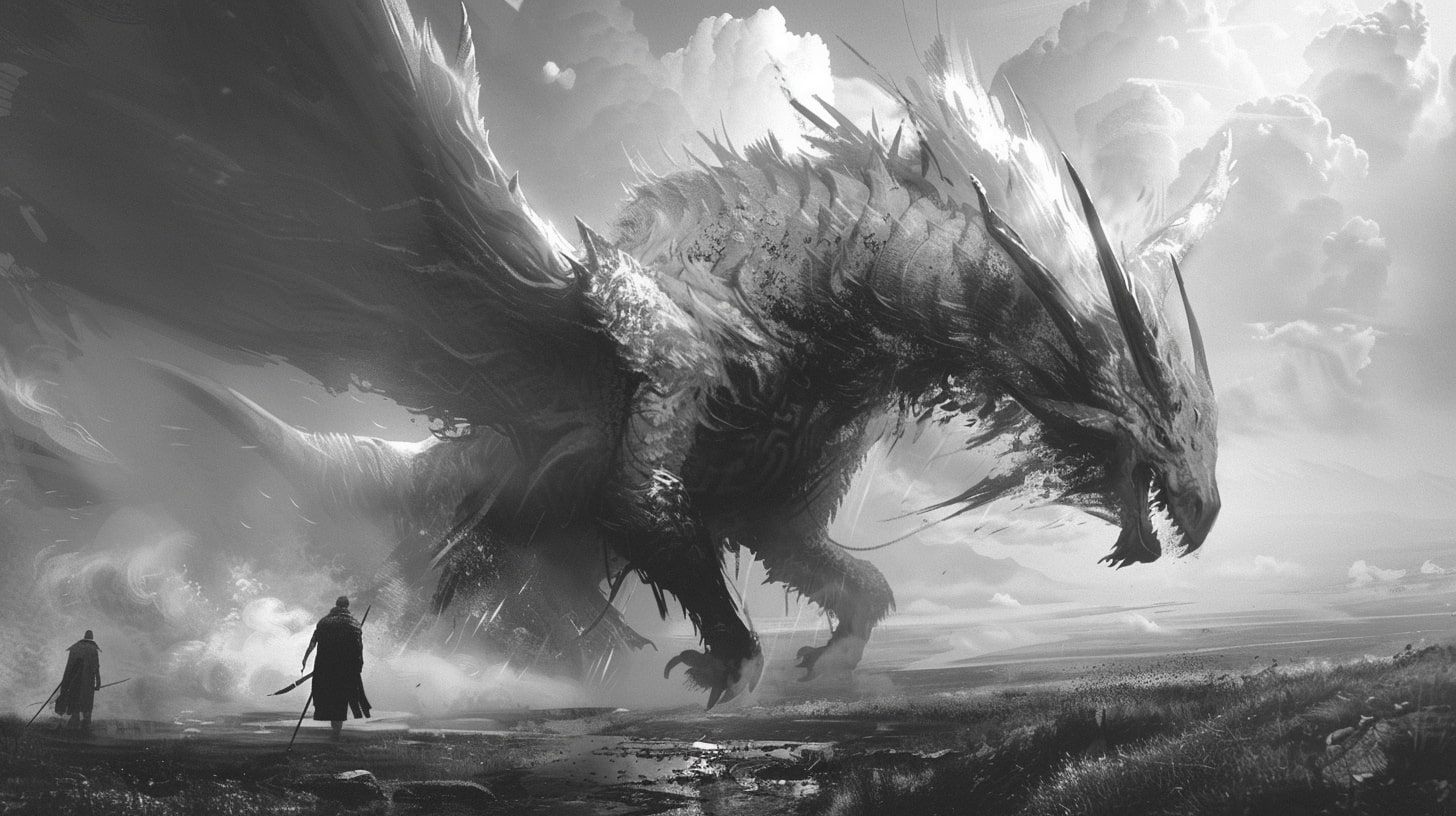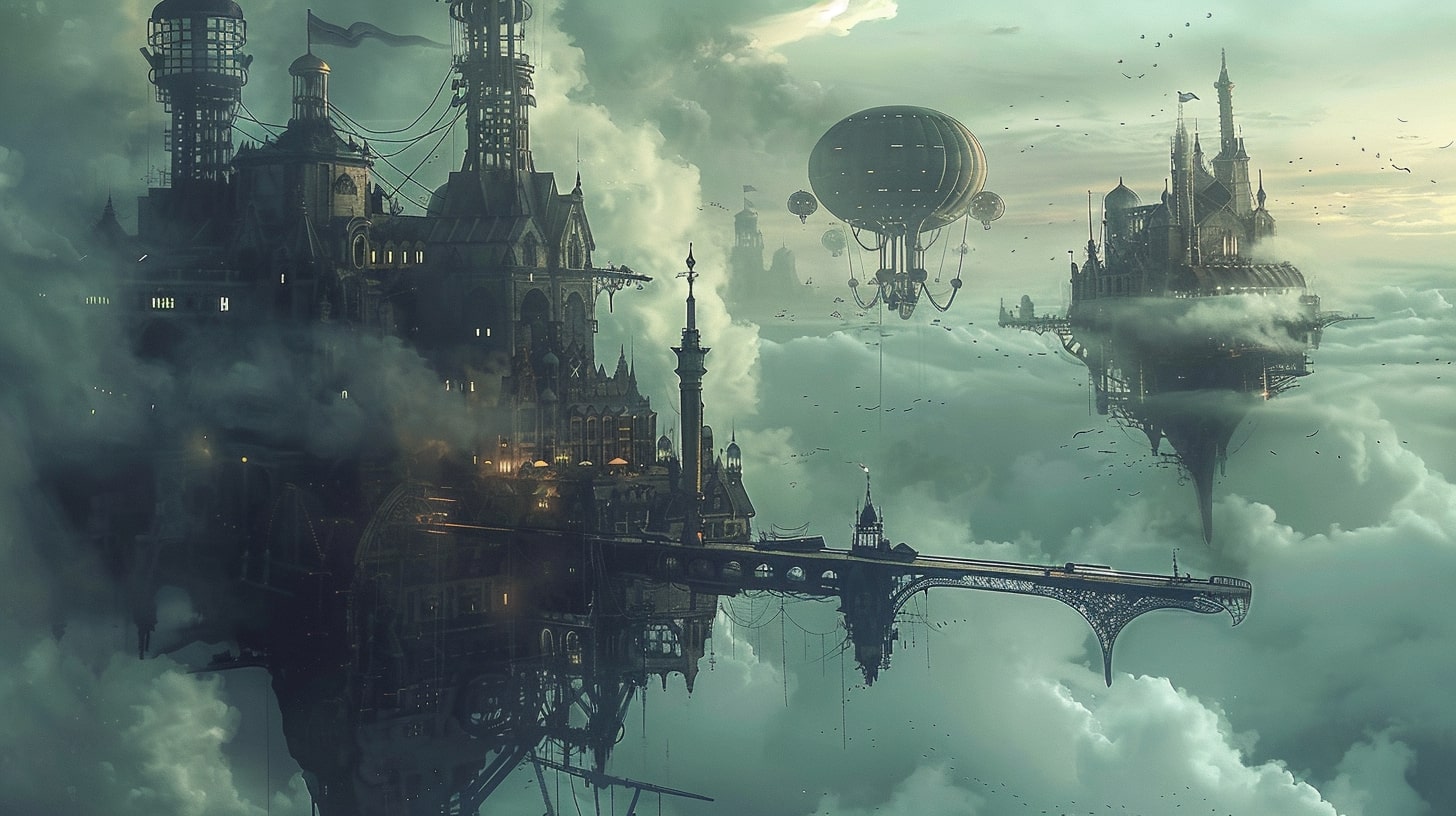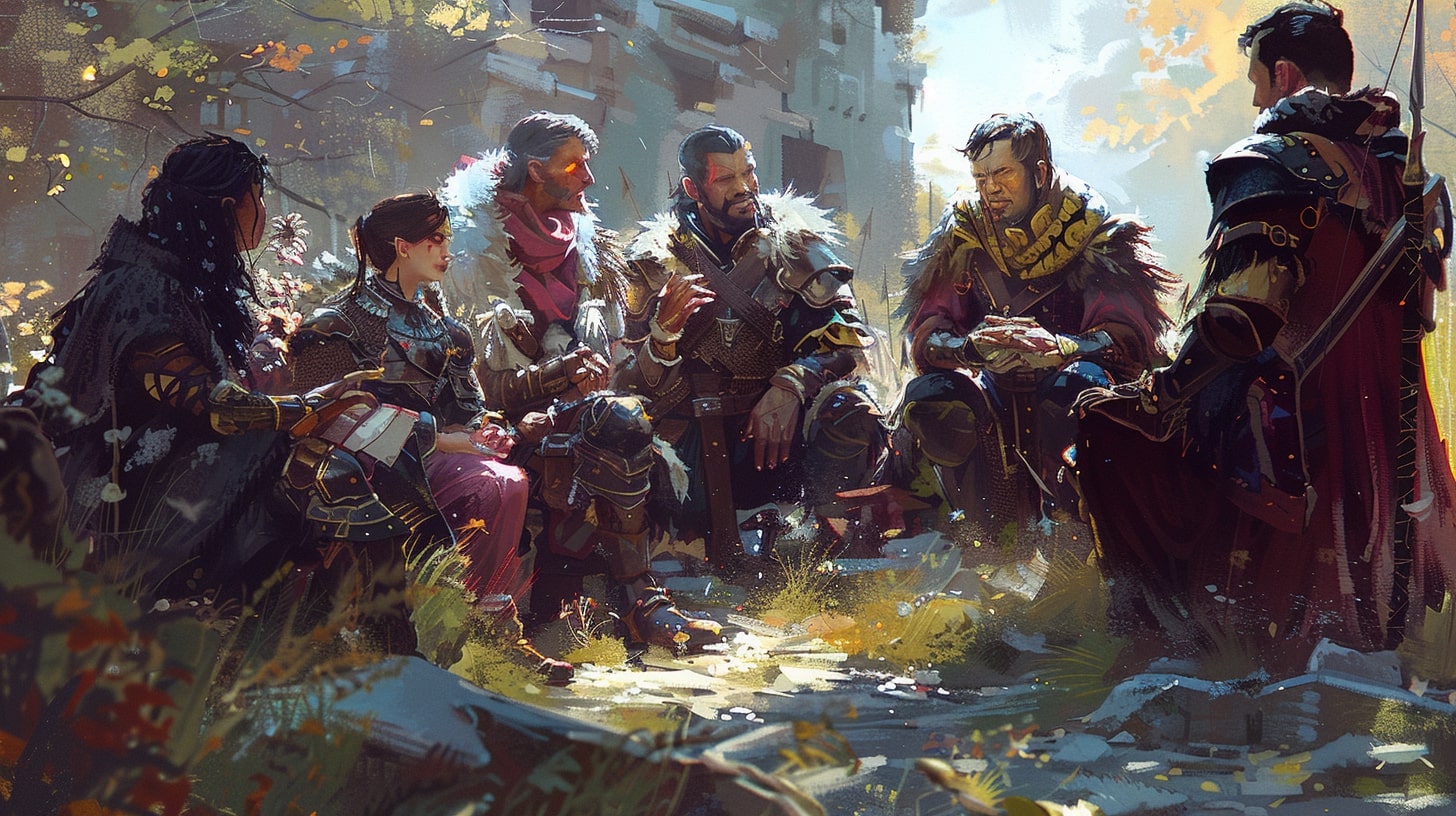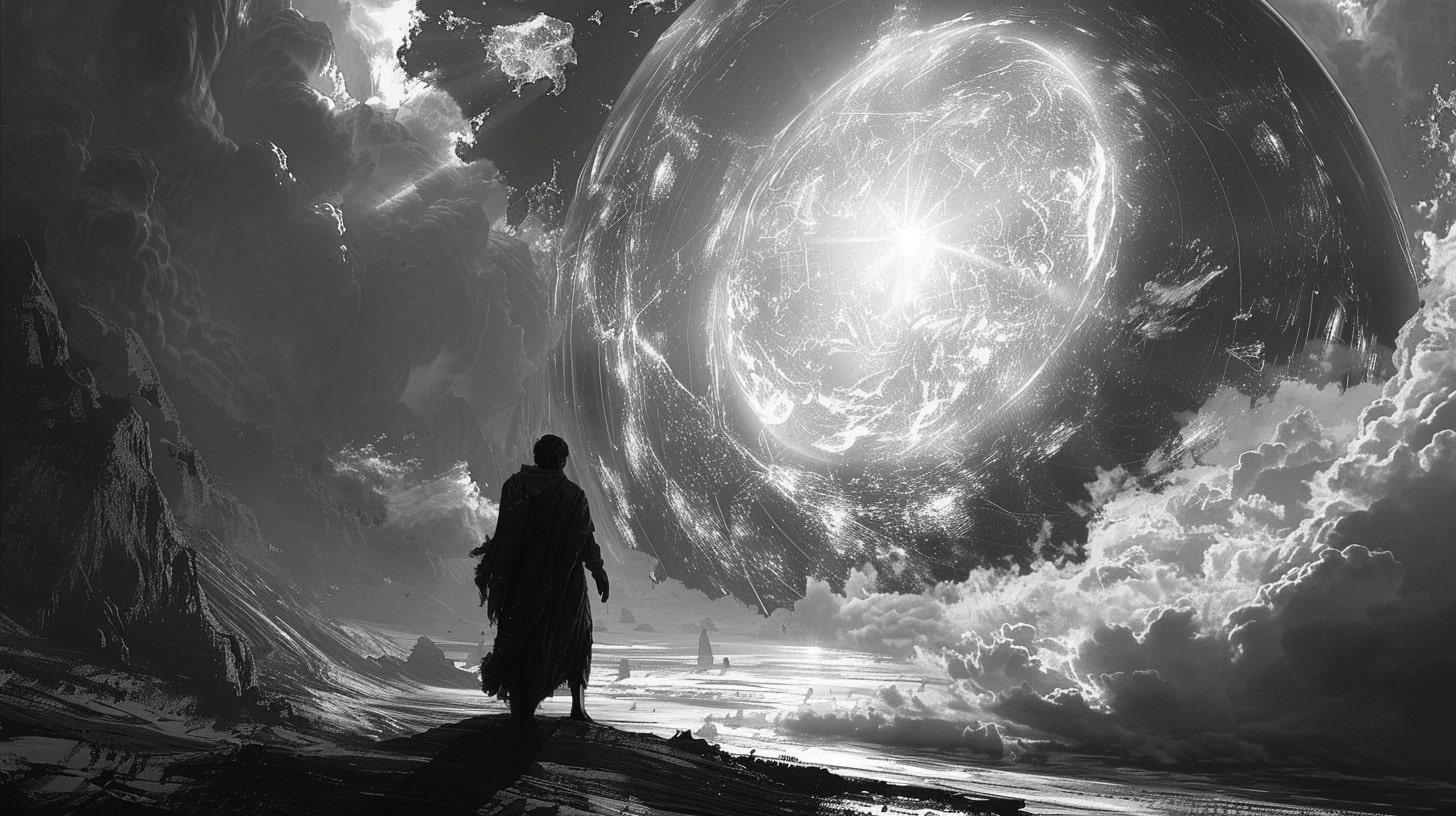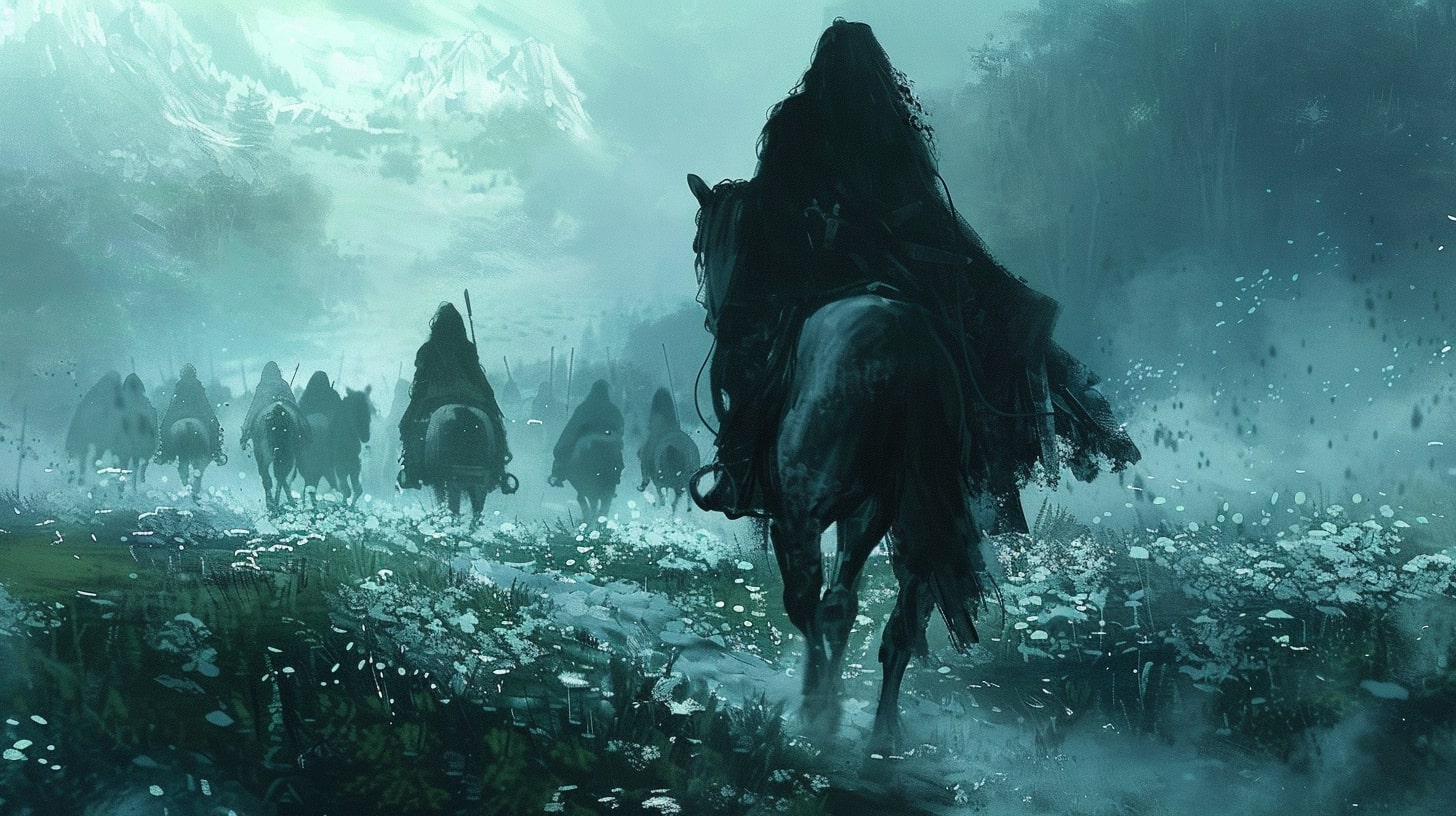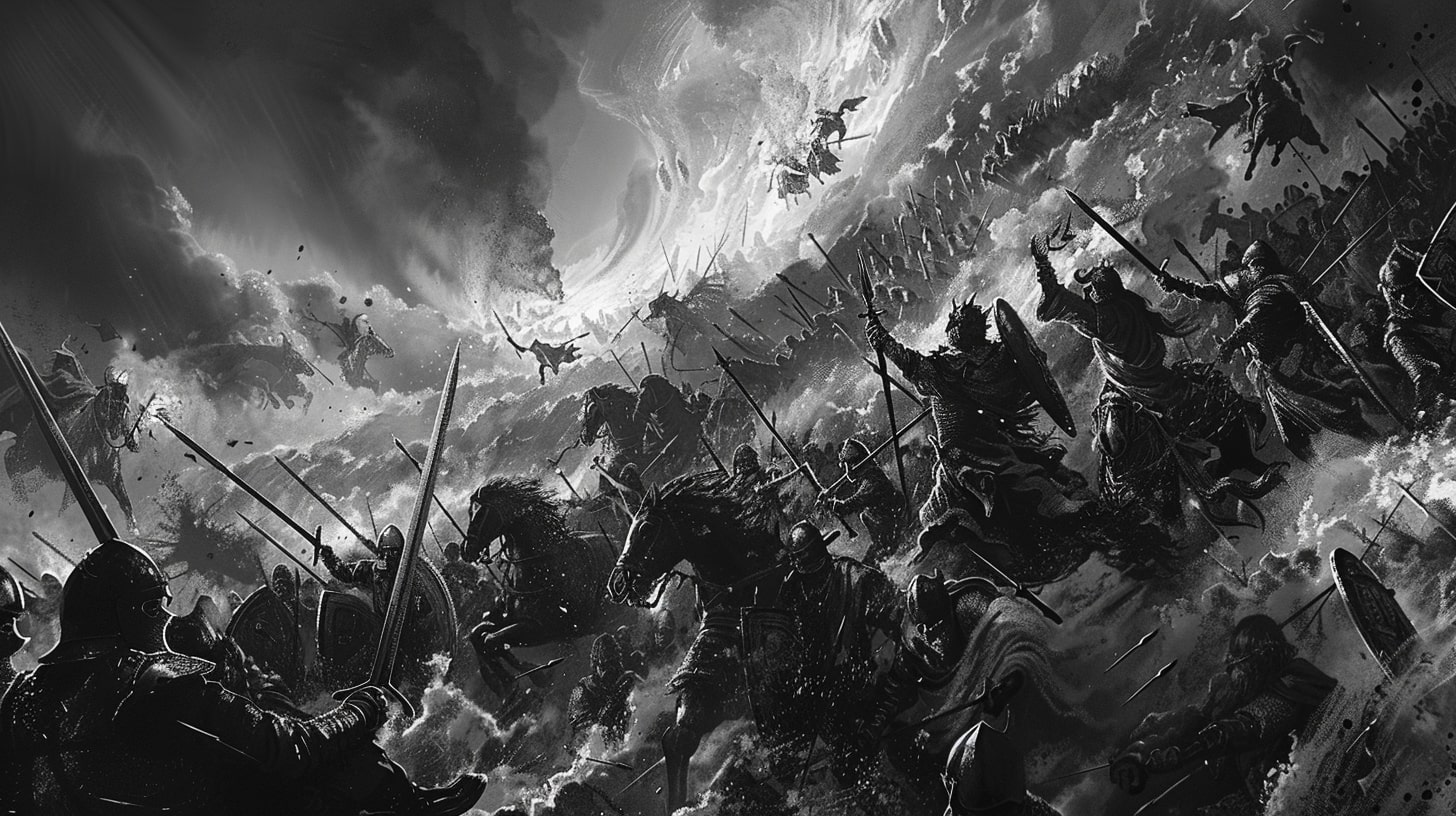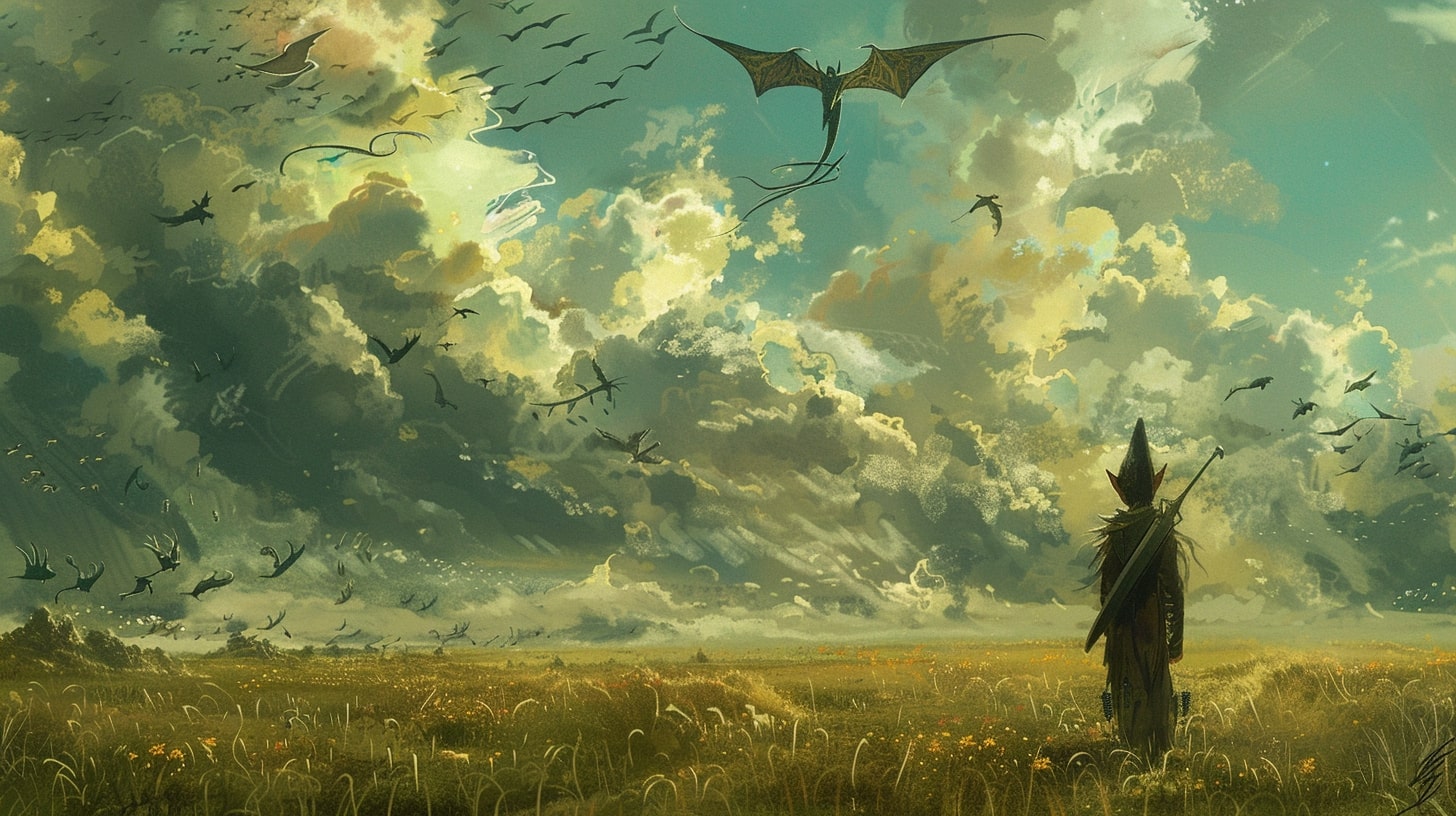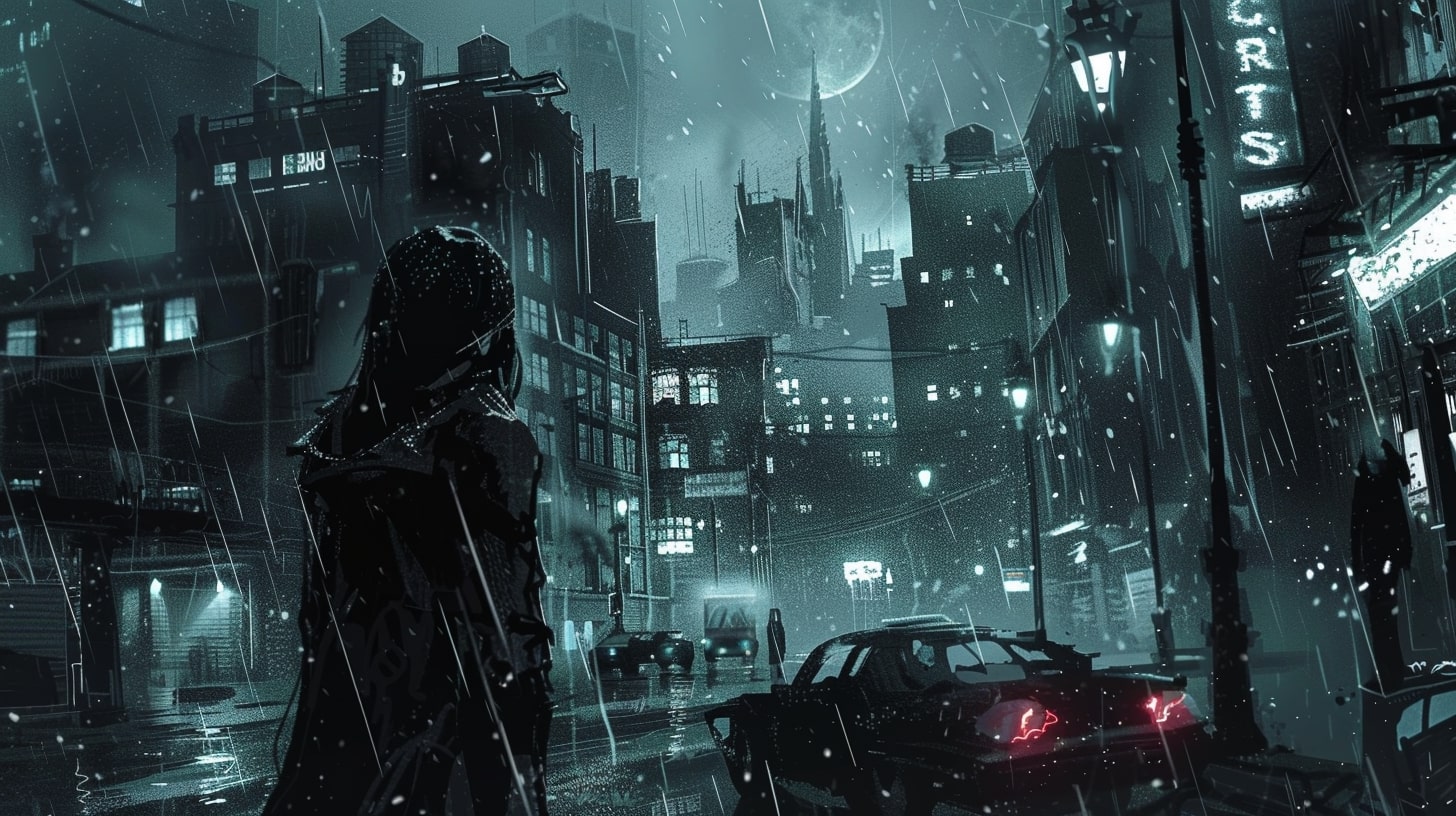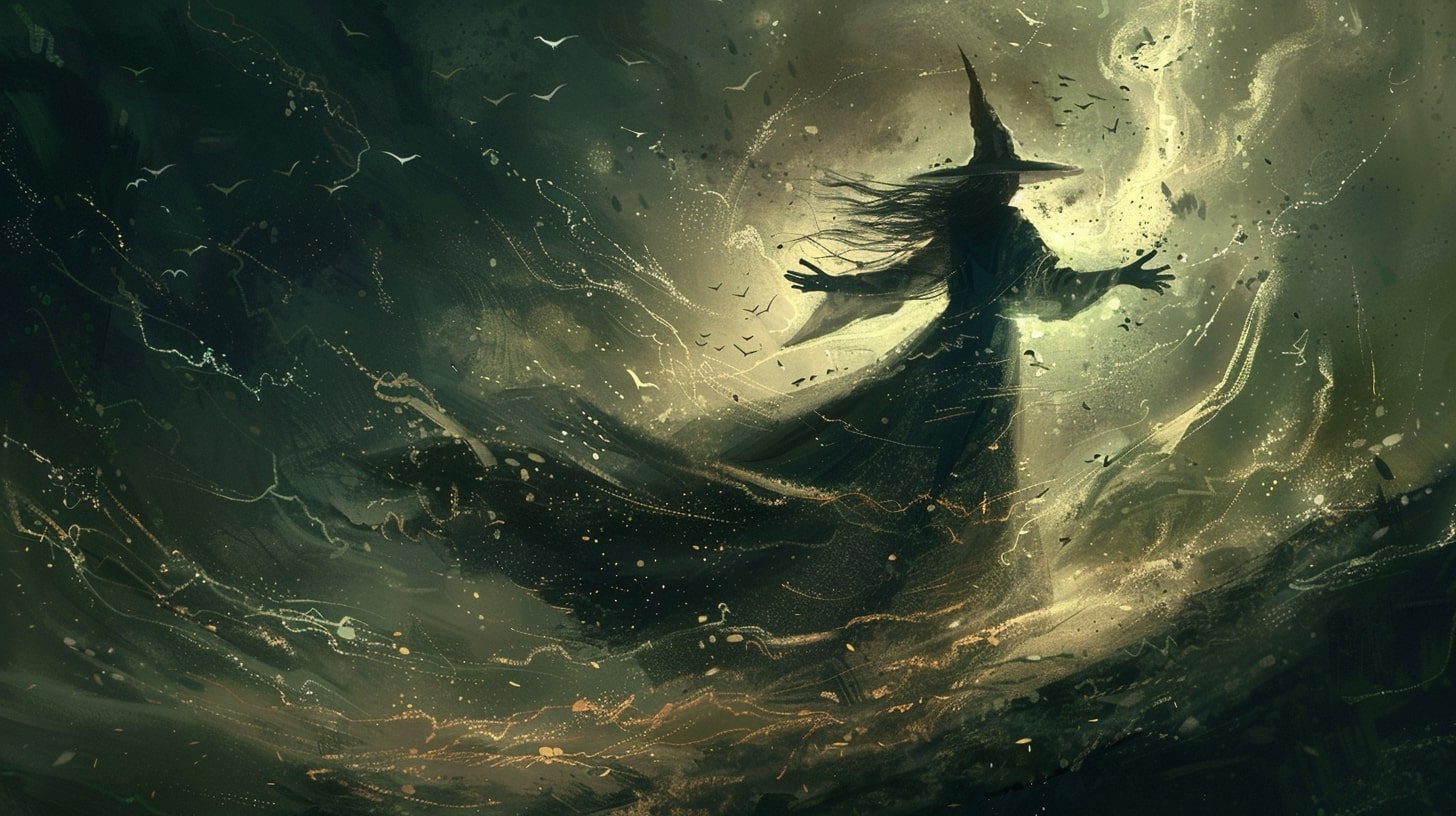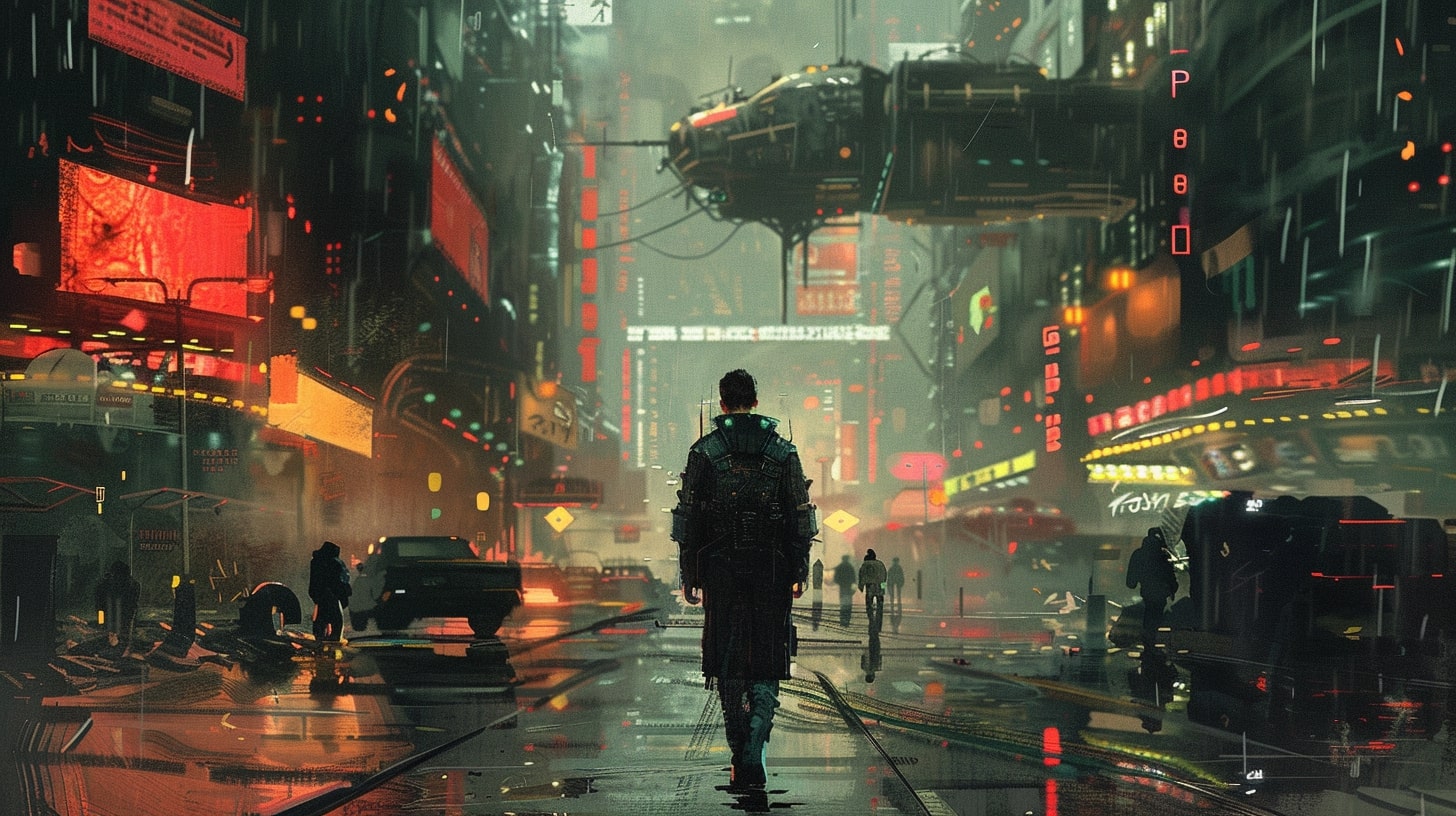Introduction to Post-Apocalyptic Fiction
If you have a fascination with the end of the world and the resilience of humanity, then post-apocalyptic fiction might be the genre for you. When it comes to fantasy writing it’s easy to overlook post-apocalyptic fiction because it doesn’t feel like fantasy but that is being too strict with the definition.
Wonderful things can take place in a post-apocalyptic future. I can’t believe I’m saying that but I mean from a narrative perspective.
So, if you’re ready to write post-apocalyptic fiction then this is the place to be. Let’s get started.
What is Post-Apocalyptic Fiction?
Post-apocalyptic fiction is a genre that envisions a world after a catastrophic event has occurred, leading to the collapse of society as we know it. These events could include natural disasters, pandemics, nuclear war, or even supernatural occurrences. The stories within this genre focus on the struggles and challenges faced by the survivors as they navigate the harsh new reality.
Post-apocalyptic fiction often explores themes of survival, resilience, and the human condition. It allows writers to examine the complexities of human nature and society when pushed to the brink. Whether it’s through exploring the depths of despair or showcasing the triumph of the human spirit, post-apocalyptic fiction offers a unique lens to examine the human experience in extreme circumstances.
Why Write Post-Apocalyptic Fiction?
Writing post-apocalyptic fiction provides an opportunity to unleash your imagination and delve into the depths of human emotions. Here are a few reasons why you might consider writing in this genre:
Exploring the human condition: Post-apocalyptic fiction allows you to delve into the complexities of human nature and how people respond when faced with adversity. You can explore themes of survival, morality, hope, and the lengths people are willing to go to protect themselves and their loved ones.
Creating a unique world: Crafting a post-apocalyptic world gives you the freedom to design a new society, develop unique rules and norms, and imagine how people adapt to a drastically changed environment. You can let your creativity run wild as you build a world that reflects the aftermath of a catastrophe.
Reflecting on contemporary issues: Post-apocalyptic fiction often serves as a reflection of contemporary societal issues. It allows you to comment on topics such as climate change, social inequality, political unrest, and the consequences of technological advancements. Through your writing, you can explore these issues in a thought-provoking and engaging way.
Thrilling and captivating storytelling: Post-apocalyptic fiction offers a thrilling canvas for storytelling. The high stakes, intense conflicts, and challenging situations provide ample opportunities to captivate readers and keep them on the edge of their seats. You can weave tales of survival, adventure, friendship, and sacrifice that resonate with readers.
By immersing yourself in the world of post-apocalyptic fiction, you can bring your unique perspective to the genre. So grab your pen, let your imagination run wild, and embark on a journey to create compelling stories set in a world forever changed.
Remember to check out our other articles on how to write fantasy novels and fantasy writing tips for more inspiration and guidance along your writing journey.

Writing Post-Apocalyptic Fiction: Crafting World
In the realm of post-apocalyptic fiction, crafting a vivid and believable world is essential to immerse readers in your story. This section will guide you through the process of establishing the catastrophe and developing the setting for your post-apocalyptic world.
Establishing the Catastrophe
To create a compelling post-apocalyptic world, you must first establish the catastrophic event that has led to the downfall of society. This event can take various forms, such as a natural disaster, a global pandemic, or a nuclear war. Consider the cause and its impact on the world you are building.
Describe the catastrophe in a way that captivates readers, using vivid language to evoke a sense of the chaos, destruction, and upheaval that has occurred.
Provide enough detail to immerse readers in the world, but also leave room for their imagination to fill in the gaps. Internal links to articles on writing apocalyptic fiction and crafting sci-fi plots may provide you with additional insights.
Developing the Setting
The setting of your post-apocalyptic world plays a crucial role in setting the tone, atmosphere, and challenges your characters will face. Consider the following elements when developing the setting:
Physical Landscape: Has the catastrophe altered the landscape? Are there remnants of the old world, such as decaying buildings or overgrown cities? Describe the physical environment in detail, including geographical features, climate, and any unique characteristics brought about by the catastrophe.
Survivor Communities: Are there any surviving communities? How have they adapted to the new world? Are they isolated or connected? Develop the social dynamics and hierarchy within these communities, as well as their relationship with other groups. Internal links to articles on building a fantasy city and creating a fantasy magic system may provide additional guidance.
Resources and Scarcity: Consider the availability of resources in your post-apocalyptic world. What is scarce, and what is abundant? How do characters navigate the scarcity of necessities like food, water, and shelter? Explore the impact of scarcity on the daily lives of your characters.
Hazards and Challenges: The post-apocalyptic world is fraught with dangers and challenges. Describe the hazards that your characters will encounter, such as mutated creatures, harsh weather conditions, or rival factions competing for resources. Internal links to articles on crafting fantasy creatures and writing fantasy battle scenes may provide inspiration.
By carefully crafting the catastrophe and developing the setting of your post-apocalyptic world, you lay the foundation for a compelling story. Remember to engage your readers’ senses with vivid descriptions, allowing them to visualize and experience the world you have created. With a rich and immersive setting, your post-apocalyptic tale will come alive on the page.

Creating Memorable Characters
To bring your post-apocalyptic fiction to life, it’s essential to create memorable characters that resonate with your readers. In this section, we will explore two key types of characters in post-apocalyptic stories: protagonists and antagonists.
Protagonists: The Survivors
Protagonists in post-apocalyptic fiction are the brave individuals who navigate the harsh realities of a world devastated by catastrophe. These characters are often survivors who possess the strength, resilience, and resourcefulness necessary to overcome the challenges they face.
They can be ordinary people thrust into extraordinary circumstances, or they may possess unique skills or knowledge that make them essential to the survival of their group or community.
When creating your protagonist, consider their background, strengths, weaknesses, and motivations. Are they driven by a desire to protect their loved ones? Seeking redemption? Longing for a sense of belonging in a world turned upside down? These elements will shape their actions and decisions throughout the story.
It’s important to develop your protagonist’s character arc, allowing them to grow, change, and face internal conflicts as they navigate the post-apocalyptic world. By giving your protagonist depth and complexity, you will engage readers and make them invest emotionally in their journey.
Antagonists: The Threats
Antagonists in post-apocalyptic fiction embody the threats and challenges that the protagonists must confront. These can take various forms, such as rival survivors, ruthless factions, mutated creatures, or even the hostile environment itself. Antagonists serve to create tension, conflict, and obstacles for the protagonists, driving the narrative forward.
When crafting your antagonists, consider their motivations, strengths, and weaknesses. What drives them to oppose the protagonists? Are they driven by power, survival, or a desire for control? By developing well-rounded antagonists, you can create compelling conflicts that test the resilience of your protagonists.
Remember that antagonists don’t always have to be purely evil or one-dimensional. Adding complexity to their characters can make them more compelling and add depth to the story. Explore their backstories, fears, and desires, which can help readers understand their actions and motivations.
By creating memorable protagonists and formidable antagonists, you will engage your readers and keep them invested in the post-apocalyptic world you’ve crafted.
These characters will navigate the challenges, conflicts, and moral dilemmas of a devastated world, allowing readers to experience the triumphs and tragedies of survival alongside them.
In the next section, we will delve into the intricacies of plotting your post-apocalyptic story, focusing on the journey of survival, conflicts, and challenges that your characters will encounter along the way.
Plotting Your Post-Apocalyptic Story
In post-apocalyptic fiction, the plot plays a crucial role in captivating readers and immersing them in a world that has been ravaged by catastrophe. As you embark on writing your post-apocalyptic story, consider focusing on two key elements: the journey of survival and the conflicts and challenges your characters will face.
The Journey of Survival
At the heart of many post-apocalyptic stories is the theme of survival. The protagonists must navigate a harsh and unforgiving world, where resources are scarce and danger lurks around every corner.
This journey of survival is often driven by the characters’ need to find safety, secure sustenance, or search for a rumored safe haven.
As you plot your story, think about the challenges and obstacles your characters will encounter along their journey. These can include hostile environments, encounters with other survivors or groups, scarcity of food and water, conflicts over limited resources, and the constant threat of both human and non-human dangers.
By emphasizing the journey of survival, you can create a sense of urgency and tension that keeps readers engaged and invested in the characters’ plight. Remember to balance moments of action and suspense with quieter, reflective moments that allow for character development and exploration of the post-apocalyptic world.
Conflict and Challenges
Conflict is an essential component of any compelling story, and post-apocalyptic fiction is no exception.
The challenges your characters face can come in various forms, such as internal struggles, interpersonal conflicts, or external threats.
Internal conflicts can arise from the characters’ own fears, doubts, or personal demons. These conflicts add depth to the characters and make them relatable to readers. They might grapple with survivor’s guilt, the loss of loved ones, or the ethical dilemmas that arise in a world where the rules have changed.
Interpersonal conflicts can arise when different groups or individuals collide in the post-apocalyptic world. These conflicts can stem from competing ideologies, differing interests, or the struggle for power and control. By introducing antagonistic forces or rival factions, you can create engaging conflicts that drive the plot forward.
External threats can take the form of mutated creatures, environmental hazards, or even the remnants of the pre-apocalyptic world. The challenges your characters face should test their resilience, resourcefulness, and ability to adapt to their new reality.
By carefully plotting the conflicts and challenges your characters encounter, you can create a narrative that keeps readers on the edge of their seats. Remember to strike a balance between moments of tension and moments of respite, allowing for character growth and the exploration of themes within your post-apocalyptic world.
As you shape the plot of your post-apocalyptic story, draw inspiration from other works in the genre and consider integrating your own unique ideas and twists. By immersing readers in a journey of survival filled with conflict and challenges, you can unleash your imagination and create a compelling post-apocalyptic tale.
Building Believable Societies
In post-apocalyptic fiction, building believable societies is an essential aspect of creating a rich and immersive world. As the writer, it’s up to you to envision how humanity adapts and organizes itself after a catastrophic event. This section will explore two key elements in building these societies: new social structures and rules and norms.
New Social Structures
In a post-apocalyptic world, traditional social structures may crumble, giving rise to new ways of organizing communities. This could include the formation of small, tight-knit groups focused on survival or the emergence of larger settlements with hierarchical structures.
When designing new social structures, consider the impact of the catastrophe on the survivors. How does it shape their values, beliefs, and priorities? Are there specific roles or professions that become more important in this new world? For example, in a world where resources are scarce, individuals skilled in scavenging or hunting may hold positions of influence.
Additionally, think about how power is distributed within these societies. Is it based on merit, strength, or something else entirely? Are there leaders or governing bodies that make decisions for the group, or is it more egalitarian? These factors contribute to the realism and complexity of your post-apocalyptic society.
Rules and Norms
In a world where law and order may have disintegrated, establishing new rules and norms becomes crucial for maintaining order and survival. These rules can shape the daily lives of the characters and reflect the challenges they face in their post-apocalyptic existence.
Consider what rules are necessary for the well-being and safety of the community. Are there strict regulations on resource distribution? Do they have rules to govern disputes or conflicts? Are there consequences for breaking these rules, and who enforces them?
Furthermore, explore how societal norms have shifted in this new world. What behaviors are valued or frowned upon? Are there cultural practices that have evolved in response to the catastrophe? These norms help shape the identity and dynamics of your post-apocalyptic society.
By building believable social structures and establishing rules and norms, you create a more immersive and authentic post-apocalyptic world. Remember to consider the unique circumstances of your story and the impact of the catastrophe on the survivors. For more tips on writing post-apocalyptic fiction, check out our article on writing apocalyptic fiction.
Themes and Messages in Post-Apocalyptic Fiction
When writing post-apocalyptic fiction, there are several themes and messages that you can explore to engage readers and make your story resonate. These themes delve into the depths of human nature and highlight the power of hope and resilience in the face of adversity.
Exploring Human Nature
One of the key themes in post-apocalyptic fiction is the exploration of human nature. In a world devastated by a catastrophe, characters are often pushed to their limits, forcing them to confront their true selves. This provides an opportunity to delve into the complexities of human behavior and the choices individuals make when faced with extreme circumstances.
Within your story, you can create characters who exhibit a range of responses to the post-apocalyptic world. Some may embrace their survival instincts and resort to ruthless measures, while others may strive to maintain their humanity and form communities based on cooperation and shared values. By exploring the diverse reactions of your characters, you can examine timeless questions about morality, ethics, and the essence of being human.
Hope and Resilience
Another important theme in post-apocalyptic fiction is the power of hope and resilience. In the face of unimaginable challenges, characters often find the strength to persevere and rebuild their lives. This theme can inspire readers by showcasing the indomitable spirit of humanity and the capacity to find hope even in the most dire circumstances.
Through your characters’ journeys, you can demonstrate the transformative power of hope and resilience. Show how they overcome obstacles, adapt to their new reality, and find ways to thrive amidst the chaos. By emphasizing the importance of these qualities, you can instill a sense of optimism and encourage readers to believe in their own ability to overcome challenges.
By incorporating these themes and messages into your post-apocalyptic fiction, you can create a compelling narrative that not only entertains but also resonates with readers on a deeper level. Remember to weave these themes into your plot, character arcs, and the overall atmosphere of your story to create a rich and meaningful experience for your audience.
Writing Tips for Post-Apocalyptic Fiction
If you’re interested in writing post-apocalyptic fiction, there are several key tips and techniques that can help you bring your story to life. Here are some important aspects to consider:
Research and Inspiration
To create a compelling post-apocalyptic world, it’s essential to conduct thorough research. Familiarize yourself with different disaster scenarios, scientific concepts, and real-life historical events that can serve as inspiration for your story. This research will help you build a solid foundation for your post-apocalyptic setting and add a sense of realism to your narrative. Additionally, exploring works of post-apocalyptic fiction can provide valuable insights and spark your creativity. For more tips on writing fantasy fiction, check out our guide on how to write fantasy novels.
Balancing Realism and Creativity
While it’s important to ground your post-apocalyptic story in realism, don’t be afraid to let your imagination soar. Find the right balance between depicting the harsh realities of a post-apocalyptic world and incorporating fantastical elements. Consider the causes and consequences of the catastrophe that has befallen your world, as well as the impact it has on the environment and society. By maintaining this balance, you can create a compelling and immersive post-apocalyptic world that captivates your readers.
Developing Engaging Dialogue
Dialogue plays a crucial role in bringing your post-apocalyptic characters to life. Develop unique voices for each character, reflecting their personalities, backgrounds, and experiences. Use dialogue to reveal information about the world, build tension, and deepen relationships between characters. Remember to consider the scarcity of resources and the challenges of survival when crafting dialogue. For more tips on writing dialogue in the fantasy genre, check out our article on writing fantasy dialogue.
By following these writing tips, you can create a captivating post-apocalyptic fiction that transports readers to a world ravaged by disaster. Remember to conduct thorough research, strike a balance between realism and creativity, and develop engaging dialogue for your characters. Happy writing!






